Are you curious to know what is special about the Ho Chi Minh fine arts museum, where it is, how to get there, and what to see there? Let’s explore the fascinating Ho Chi Minh fine arts museum through the article below.
1. Introducing the Ho Chi Minh Fine Arts Museum
Ho Chi Minh Museum of Fine Arts, with its unique and impressive beauty imbued with history, culture, and art, is a favorite destination of many people, especially those who like to explore culture and art. This place is also a famous check-in place in Saigon.
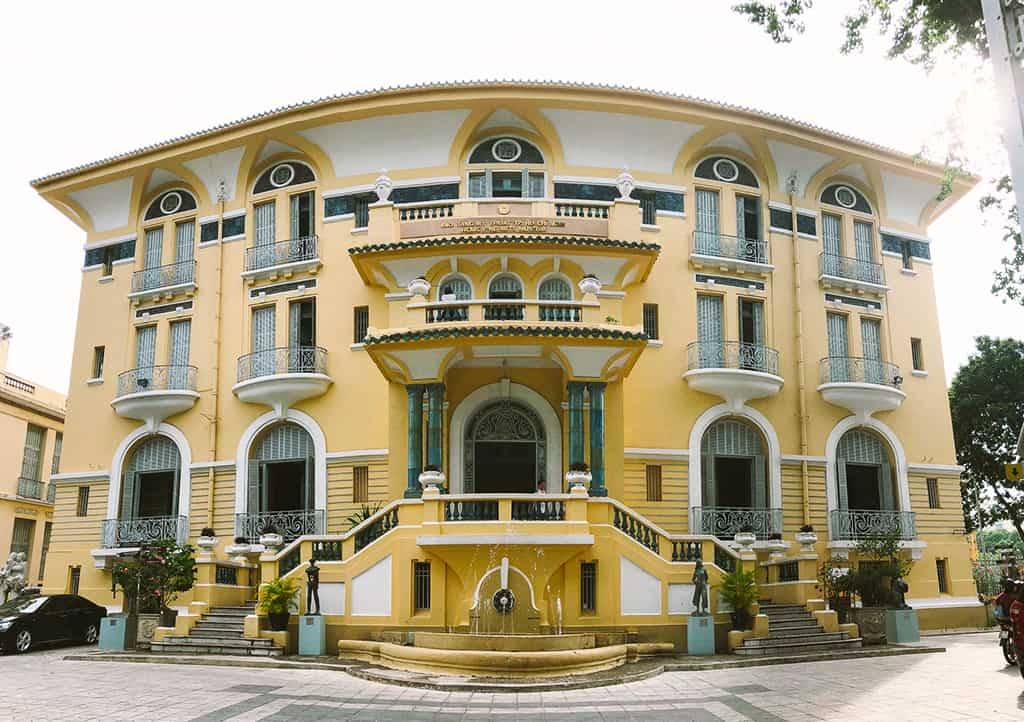
1.1. Address, opening time, and ticket price:
-
- Address: 97 Pho Duc Chinh, Nguyen Thai Binh Ward, District 1, Ho Chi Minh City.
- Opening time: from 9:00 a.m – 16:45 all days of the week.
- Reference ticket price:
Adults: 0.4 USD/time.
Children: 0.2 USD/time.
Students, some policy subjects, and military personnel will be free or discounted.
1.2. Transportation to the museum
Located only 10.2 km from the city center and about 9 km from Tan Son Nhat airport, it is very convenient to move here. To be able to move to the Ho Chi Minh City Fine Arts Museum, you can go by personal means: motorcycle, car; or take a bus, with many bus routes passing by the Ho Chi Minh Museum of Fine Arts for you to choose from depending on your starting point: Bus route 01, 102, 34, 39, 38, 44, 86, etc.

2. A Brief History of Fine Arts Museum
Previously, this museum building was the residence of Mr. Hua Bon Hoa, a famous Chinese businessman who was the richest man in Saigon. He owns a number of well-known architectural works, including Tu Du Hospital, Majestic Hotel, and Saigon Emergency Center, etc.
In 1929, French architect Rivera designed the building with the perfect combination of European architecture (France) and Asian architecture (China).
In 1934, the building was officially completed.
In 1987, the Ho Chi Minh City Museum of Fine Arts was established in this very building.
In 1992, the museum officially went into operation due to the lack of many artifacts.
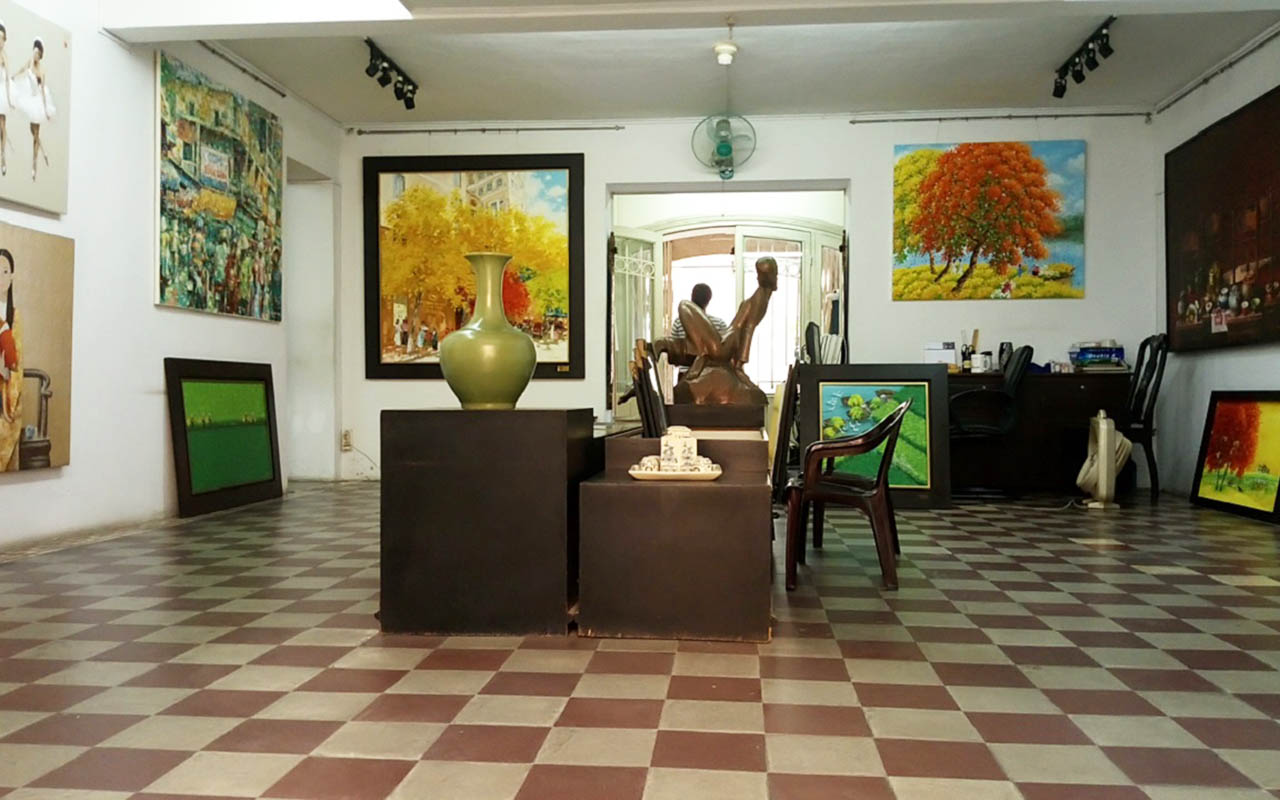
Since then, the museum has become a place to store and display many famous works of art, from antiques of great historical value to sculptures and paintings.
3. Highlights of Fine Arts Museum
3.1. The Architecture Outside Fine Arts Museum
The three-story building of the Fine Arts Museum was built in the Art-Deco architectural style, an architectural style that harmonizes the most quintessential values of the Eurasian art sects. The whole building is a U-shaped house.
Besides, this museum is also the first place in Saigon to have an elevator. Although this elevator is no longer in operation, it has great decorative value for the whole building.
3.2. The Structure Inside Fine Art Museum
The Ho Chi Minh City Museum of Fine Arts is 3,514 m2 wide and divided into separate sections. The basement is used as an office, the first floor is for galleries, exhibitions, and commercial activities, technical paintings are found on the 2nd and 3rd floors, and you can find the ancient sculptures and traditional handicrafts of ancient inhabitants in South Vietnam.

The highlight of the entire architecture is located in the main entrance to the first floor, with the main door designed in the shape of an arch. Above is the stylized inscription HBH, abbreviated as Hua Bon Hoa. And at the back of the museum is a stele engraved with the names of the owners of this building, most of whom are members of the family of Mr.Hua Bon Hoa
4. What to See at Fine Arts Museum?
The Fine Arts Museum has the function of researching, collecting, preserving, and displaying typical documents and artifacts in the field of fine arts, reflecting the unique features of the ancient Vietnamese fine arts craft, especially the typical Southern cinematographer. Some artifacts on display at the Ho Chi Minh City Museum of Fine Arts:
4.1. Ancient Bronze Sculptures in South Vietnam
In the gallery of ancient bronze sculptures in the South, there are sculptures of Hindu and Buddhist gods from the 4th to the 11th centuries.
4.2. Champa Ancient Sculptures
Ancient Champa sculpture is one of the unique arts in the treasure of Vietnam’s fine art heritage, contributing to the creation of a multi-religious and multi-ethnic culture.
4.3. The Statues in Tay Nguyen Tombs
Sculptures and statues in tombs in the Central Highlands are a unique part of Vietnamese sculpture in general. This custom has been attached to the people of the Central Highlands since primitive society, partly as an ancient religious concept.
4.4. Vietnamese Ceramics (11th – 20th century)
Under the Ly dynasties (1010–1225), Tran dynasties (1226–1400), and Le dynasties (1428–1527), ceramics flourished and reached the pinnacle of both art and technique.
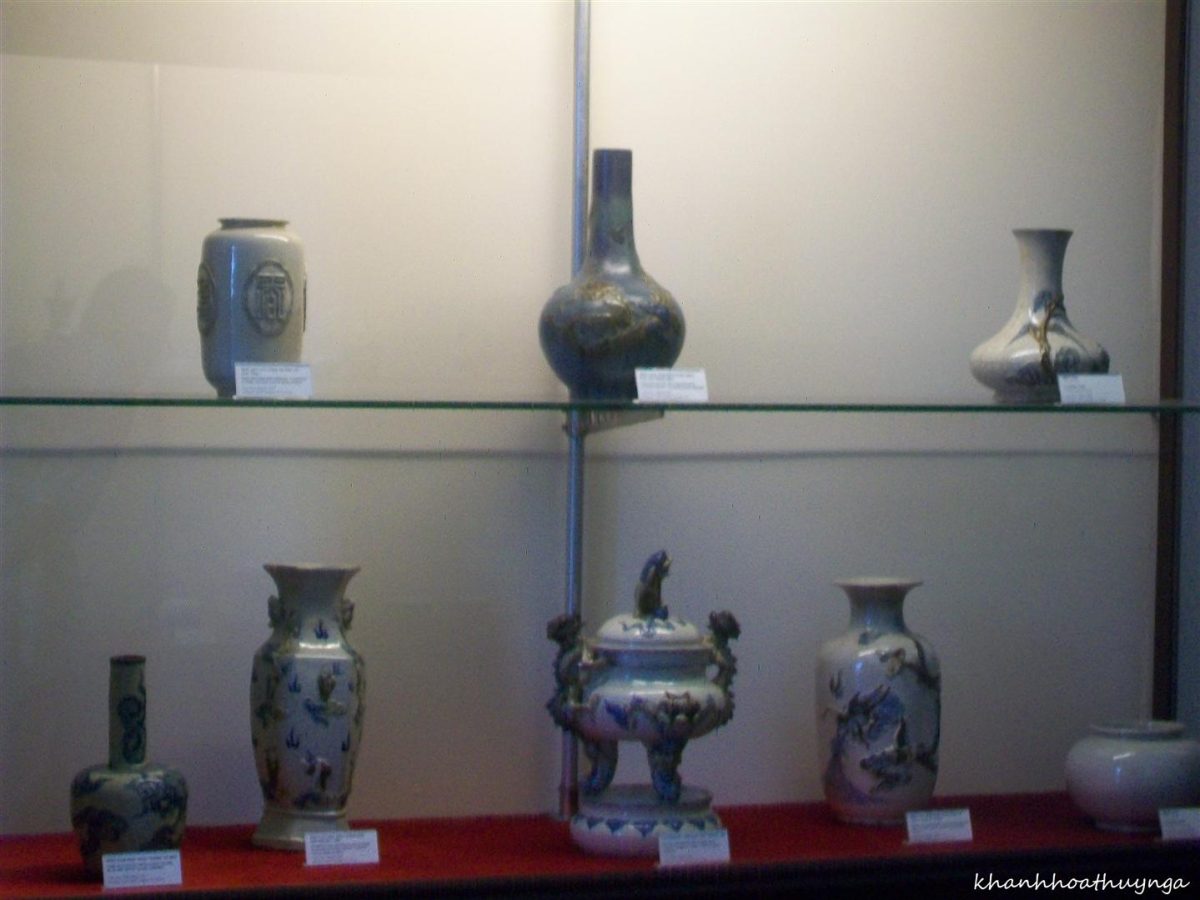
By the end of the 19th century and the beginning of the 20th century, famous centers of Vietnamese ceramics such as Bat Trang, Phu Lang, Huong Canh, Thanh Hoa, Binh Dinh, and Bien Hoa gave birth to many types of ceramic products. very diverse.
4.5. Southern Fine Arts (18th – 20th century)
At the end of the 17th century, the southern region was explored, becoming the convergence of overseas Chinese, Vietnamese, and Khmer. Among the classes that immigrated to the South, besides merchants, there were many craftsmen who contributed to the expansion and development of craft activities. They soon took advantage of the abundant clay to make decorative products to meet the needs of local residents at that time.
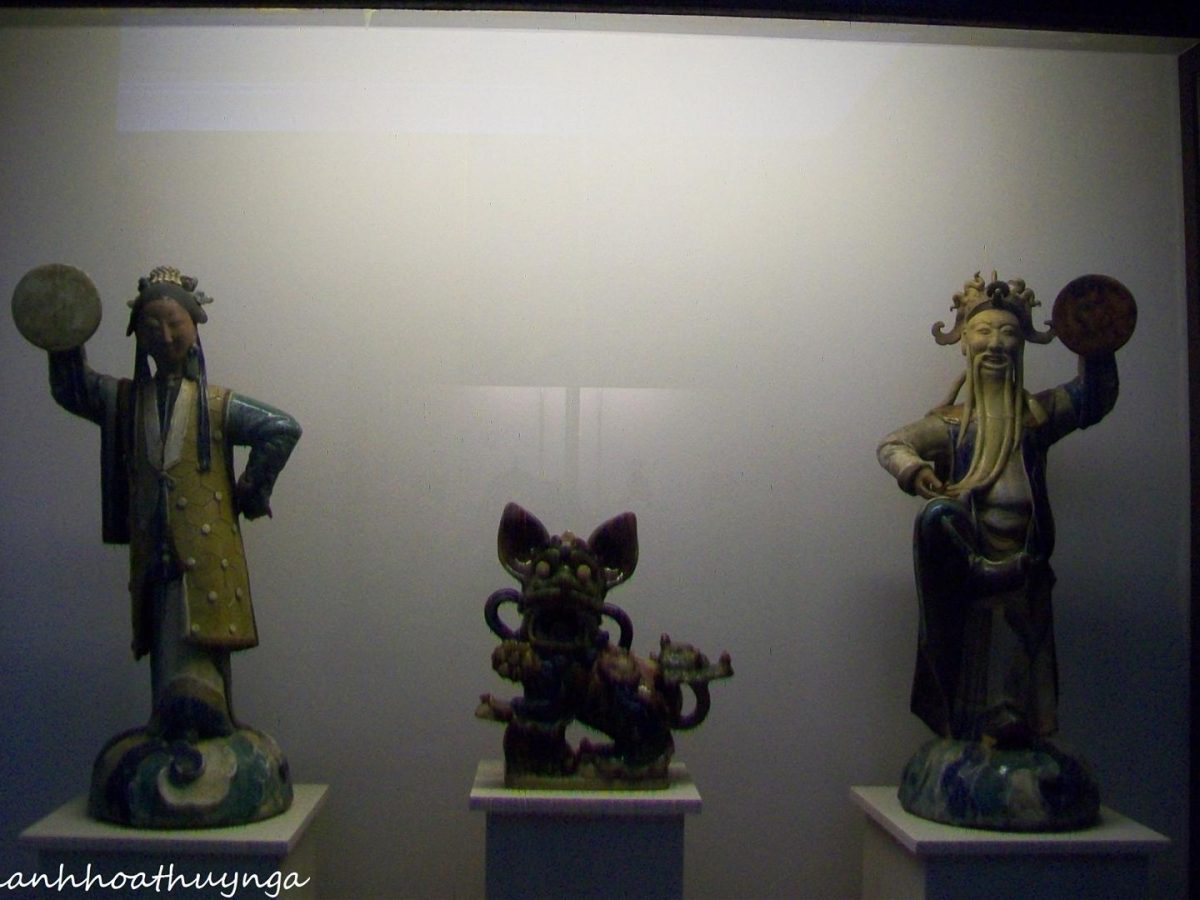
4.6. Contemporary Art
At the Museum of Fine Arts, many modern paintings by Vietnamese and international painters were displayed, such as works by Nguyen Gia Tri, Diep Minh Chau, Do Quang Em, and Trinh Cung. All paintings and sculptures are inspired by the daily lives of Vietnamese people as well as the beauty of Vietnam’s famous scenic spots.
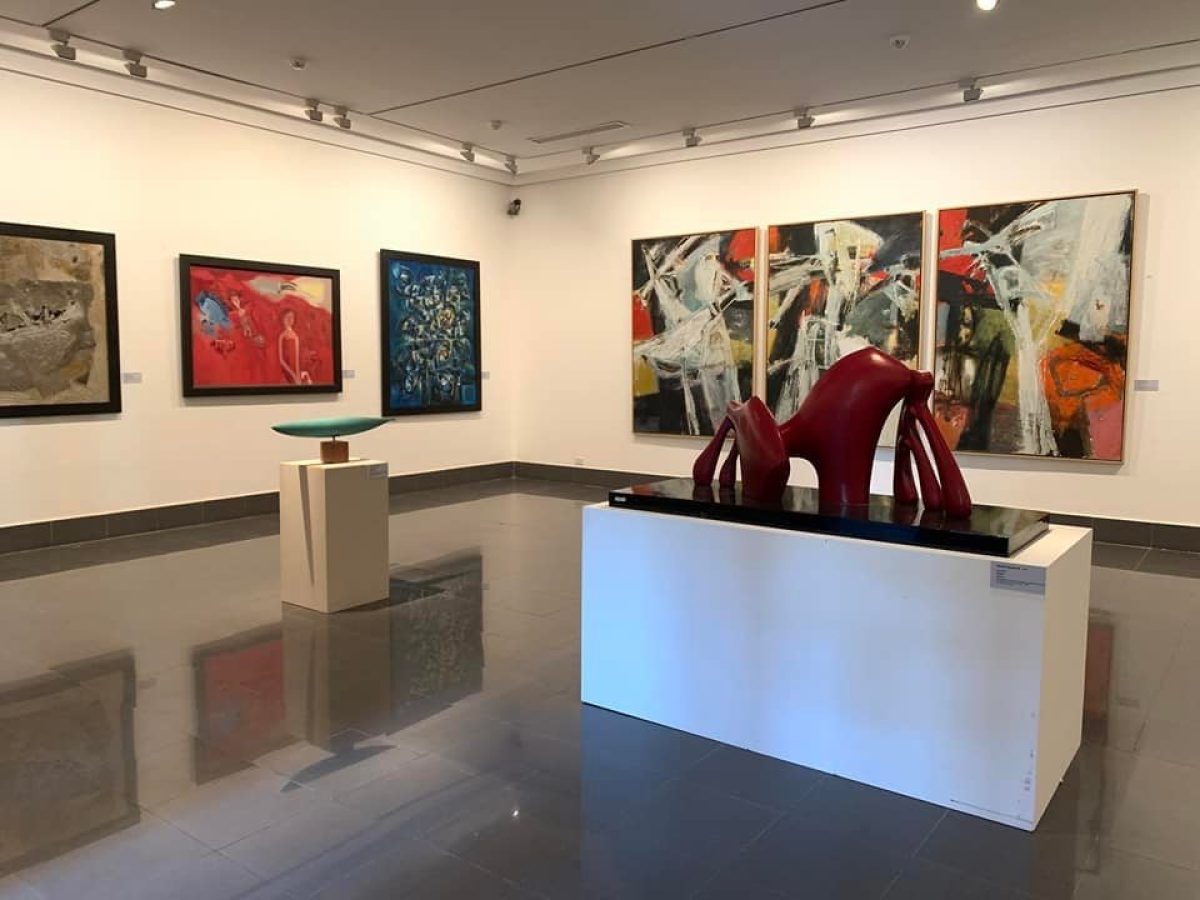
5. Suggestions for places to eat and destinations near the Museum of Fine Arts in Ho Chi Minh City
Famous places to eat near the Ho Chi Minh Museum of Fine Arts, such as Sen Vegan House Vegetarian Restaurant, Pao Ben Thanh, Squid Porridge (Pho Duc Chinh), and Snack Shop 47 with snacks, can be mentioned: spicy noodles, snail dishes, pancakes, spring rolls, mixed tea, Khuc Bach tea, Pha Lau, colorful skewers, etc.
Having visited the Ho Chi Minh City Museum of Fine Arts, do not miss the attractive destinations located nearby, such as Ben Thanh Market (300m away), Nguyen Hue Walking Street (800m away), Independence Palace (about 1 km away), Nguyen Van Binh Book Street, ect.
6. Tips on Visiting
There are a few small notes that you should remember when coming to the Fine Art Museum:
Do not touch the works of art on display here. All buildings have anti-theft sensors; if you trigger them accidentally or pay attention, the bell will ring and the security guard will notify you of the error.
You will have to pay 13 USD if you want to take pictures with a professional camera inside the museum. However, there is no charge for a cell phone.
To the right of the main door is a wardrobe with separate compartments for you to store bags and personal belongings, helping you not to carry heavy luggage when visiting.
Don’t make a fuss inside the museum!
The Ho Chi Minh City Museum of Fine Arts is the ideal place for you to discover antiques, a part of Vietnamese culture. Hopefully, the suggested information from Metta Voyage will help you have a trip to the Ho Chi Minh Art Museum with many new discoveries and experiences! If you have any questions, feel free to ask, and we’ll help you answer them!
Contact us
Trang web: www.mettavoyage.com
Email: info@mettavoyage.com
Hotline 24/7: (+84) 989 383 572

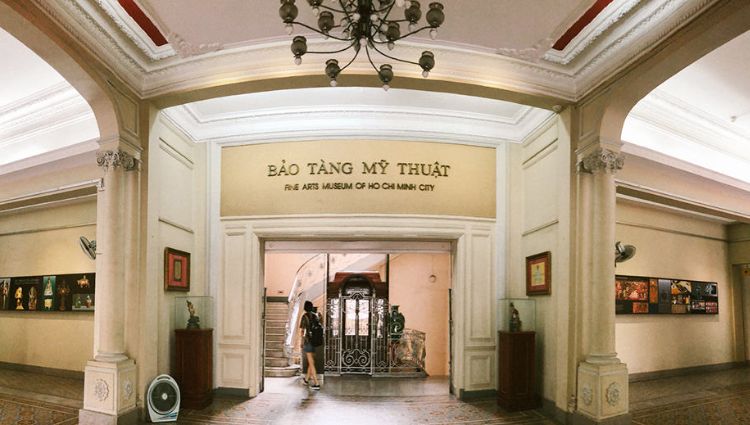
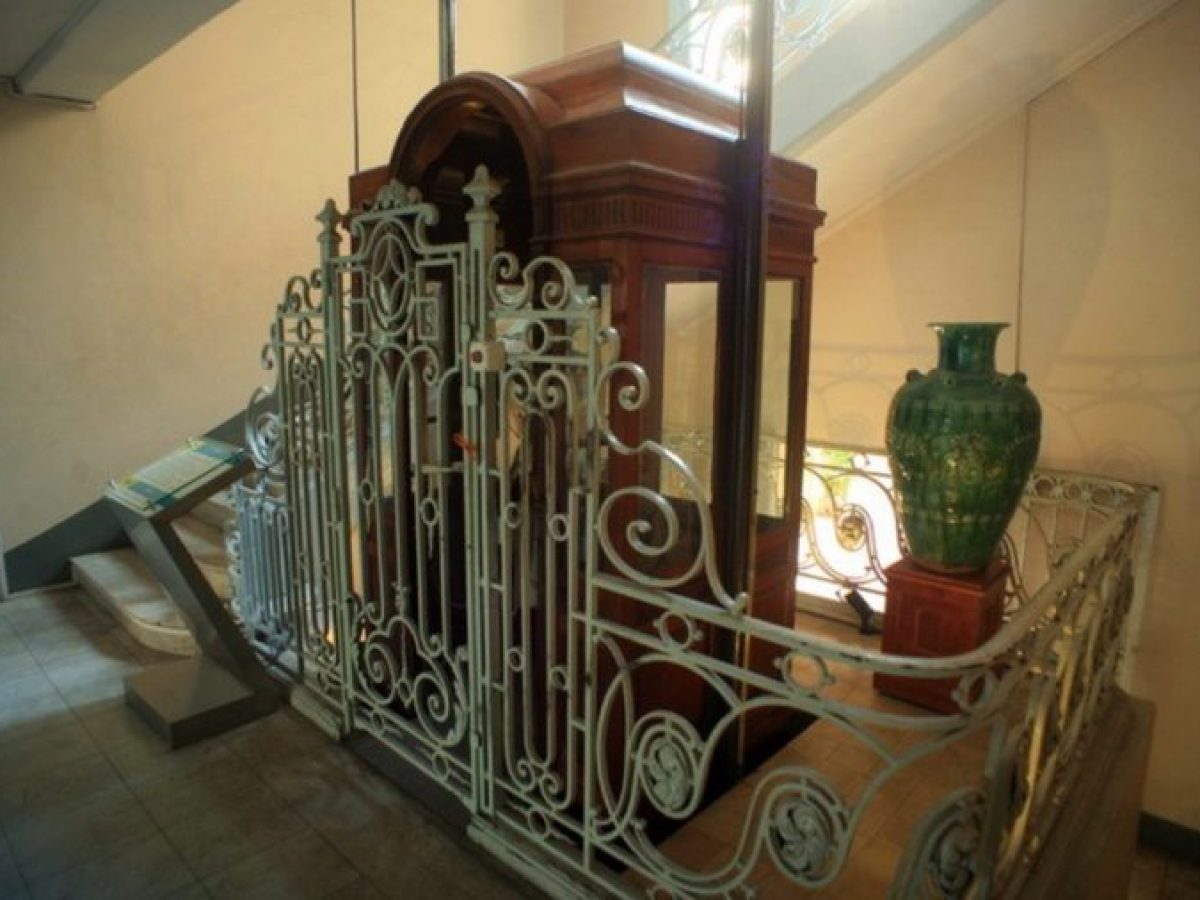

0 Comment